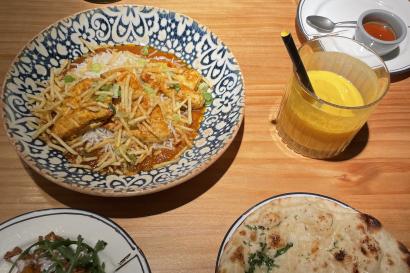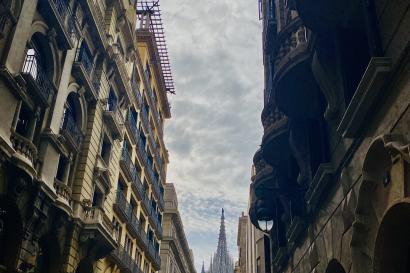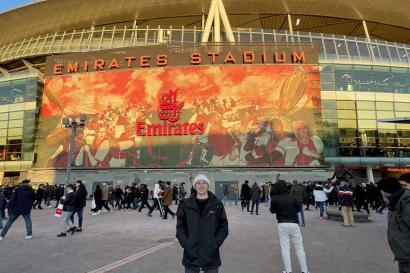Friday night: Dinner at the Huimin Jie, or the Hui ethnic minority section of the city. The Hui are ethnically Chinese, but religiously Muslim, so they have a lot of Middle Eastern food with an Asian twist. I had a rou jia mo, which is very similar to a sandwich, with either lamb or beef (since the Hui don’t eat pork), but the bread was harder than I imagined it would be.
Saturday morning: 9:30 deadline to be downstairs, since we were going out of the city to see the bing ma yong, or the famous Terracotta Warriors. Our first stop was to a government-sanctioned replica factory to provide legitimate souvenirs from the excavation site. There we also learned how to tell the statues apart, e.g. the kneeling archers have their hair tied up on the left side of their head so their hair doesn’t get in the way when they pull the arrows out of their quivers.
We then headed to the actual excavation site, where we visited all three pits. I got a lot of good photos in there, but I got sunburnt because I forgot to bring my umbrella for shade.
Okay, about the title… on our way to the museum, Jeremiah (the IES Abroad director) and Sean (our tour guide, named after Sean Connery, his self-described “hero”) explained to us the legend of Qin Shihuang’s tomb. While the bingmayong were discovered, the tomb of Qin Shihuang has yet to be opened or discovered, and there are a lot of theories and legends about what’s in there. Some people say that there are rivers of mercury in the tomb, and that Qin Shihuang had jewels in the ceiling of one room to resemble stars. There were also stories of booby traps that would make Indiana Jones and Lara Croft run away screaming, so there was good reason for Beijing to say that they would wait to open the tomb until they could assure the archaeologists’ and public’s safety.
Saturday afternoon: after the bing ma yong and a giant lunch of Shaanxi province specialties, we went to the Big Wild Goose Pagoda to look around. Apparently, the Big Wild Goose Pagoda was where a famous Chinese monk (whose name at the moment escapes me) lived, and he was the inspiration for the famous Chinese story Journey to the West. The pagoda was lovely, but because it was about to close, we didn’t actually go in to see it. Instead, we looked around the shops by the largest musical fountain in Asia, and we played with a giant bubble wand that Devin bought.
Sunday afternoon: We returned to Beijing by high-speed rail (five and a half hours versus overnight to get there). Apparently, the Chinese believe that the number “6″ on a travel route is good luck, but for us Westerners, train route number 666 was the last train we wanted to get on. But hey, we’re still here, so I guess we didn’t take the train to Hell.

Ashley Neumeister
<div> </div>
<div><span style="color: rgb(29, 29, 29); font-family: Arial, Verdana, sans-serif; font-size: 12px; line-height: normal; background-color: rgb(237, 237, 237);">I am a rising senior at Tulane University, studying Anthropology and Asian Studies with a Russian minor. In my spare time, I enjoy writing dark supernatural fantasy novels as well as science fiction. I am also a hopeless geek, so if you're into LORD OF THE RINGS, FIREFLY, STAR WARS, or RATCHET & CLANK, feel free to talk with me about it!</span></div>







